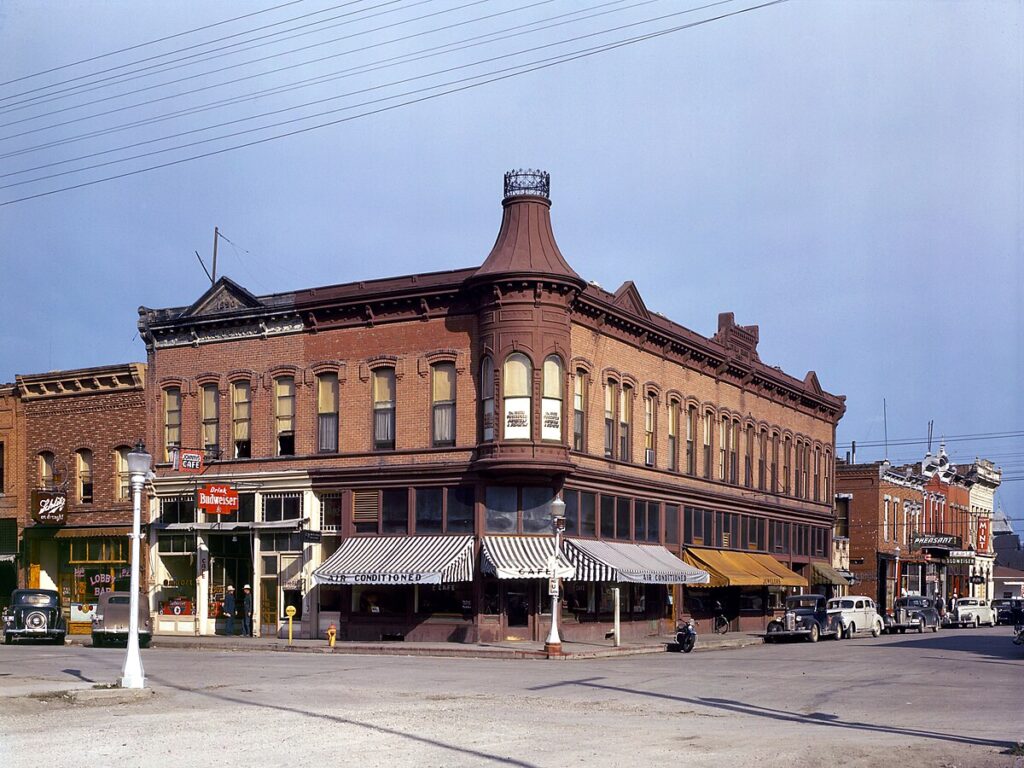
Moving to Dillon, Montana: A Comprehensive Relocation Guide
Considering moving to Dillon, Montana? This charming southwest town combines education, ranching heritage, and outdoor living. Here’s your 2025 relocation guide.
Demographic Profile to Consider If Moving to Dillon:
Dillon’s 2025 population is about 4,000 residents. It’s home to the University of Montana Western and known for its small-town friendliness and scenic beauty surrounded by the Beaverhead Mountains. Find trusted local services for moving, living, and working in Dillon.Dillon Relocation Directory
Cost of Living to Consider If Moving to Dillon:
Housing remains affordable, with median home prices near $300,000 and rents averaging $1,100–$1,500. The cost of living is below the state average, and property taxes are low.
Economy and Job Market:
The economy is supported by education, agriculture, and outdoor tourism. The university provides steady employment, while local ranches and small businesses sustain the community.
Education:
Dillon’s schools maintain small class sizes and high graduation rates. The University of Montana Western is a regional leader in experiential learning programs.
Recreation and Lifestyle:
Outdoor enthusiasts love Dillon’s proximity to the Beaverhead and Big Hole Rivers—top fly-fishing destinations. Nearby Bannack State Park preserves Montana’s gold rush history.
Healthcare and Services:
Barrett Hospital & HealthCare offers full-service medical care with access to specialists in nearby Butte and Bozeman.
Transportation:
U.S. Highway 41 and I-15 provide regional connections. The area’s quiet roads and mountain views enhance the rural living experience.
Conclusion:
Moving to Dillon in 2025 offers affordable living, quality education, and a relaxed pace surrounded by western Montana beauty.

